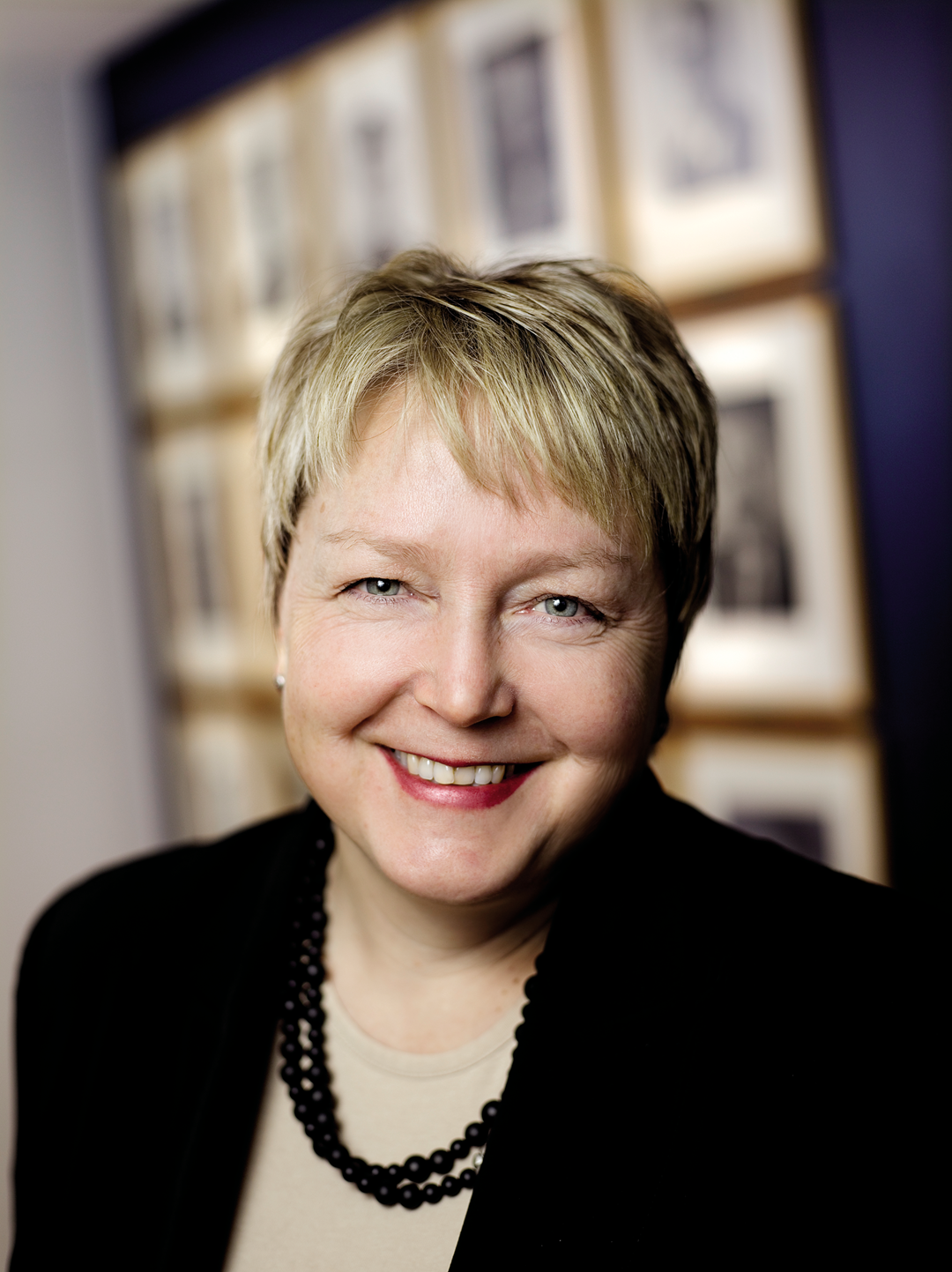Now and again we are asked whether it is necessary and right that an organisation such as SINTEF should make a healthy profit.
The answer is an unconditional “Yes!” SINTEF is a private, non-commercial research group, which comprises the SINTEF Foundation and four limited research companies. Both the way in which we are organised and our statutes mean that we are independent, and that we do not have owners who enjoy a financial return from our activities. However, this also means that we lack owners capable of injecting new capital. We need to earn money through efficient operation if we are to in- vest in new knowledge. As far as possible, SINTEF’s profits are invested in new research, in the shape of laboratories and scientific equipment and in the generation
of new knowledge and the development of our own colleagues.
Our good financial results over many years have enabled us to invest in these ways. In the course of the past five years, SINTEF has invested around MNOK 600 in laboratories and scientific equipment and more than MNOK 170 in self- financed knowledge development in fields of strategic importance.
High-quality laboratories are also essential if we are to recruit the best research staff and build up international leading- edge research groups. All this costs a great deal, not only in the form of investments, but also in operating costs. Examples of this are MiNaLab in Oslo and the Multiphase Flow Facility in Trondheim. These are both highly advanced laboratories that are very demanding to operate.
Many of the laboratories that we build and operate are national laboratories of great importance to Norway. They form part of our contribution both to strengthening Norway as a knowledge nation and to improving the competitiveness of Norwegian industry. In close collaboration with the authorities and the maritime industry, we are currently making goal- oriented efforts to develop the maritime laboratories of the future.
Although SINTEF invests as much as its earnings permit, the primary responsibility for financing laboratories and research must remain with the public sector. The authorities need to contribute funds, strategies and priorities. We are facing growing global competition, and every country whose ambition is to be a forward-looking economy is investing heavily in scientific equipment and laboratories.
In 2009, the Norwegian authorities launched a “National Research Infrastructure Effort”, which the Research Council of Norway followed up with a route-map that prioritised public-sector investments. These were important measures and represented vital steps in the right direction. However, the Research Council’s route-map primarily identified a huge gap between needs and financial remedies, the result of decades of underinvestment. To date, only 12 per cent of what research institutions have requested has been financed by the state. This means that many good projects will not be performed, because not enough money is available. To fill this gap, we need a special effort on the part of the public sector.

Unni Steinsmo, President – CEO

